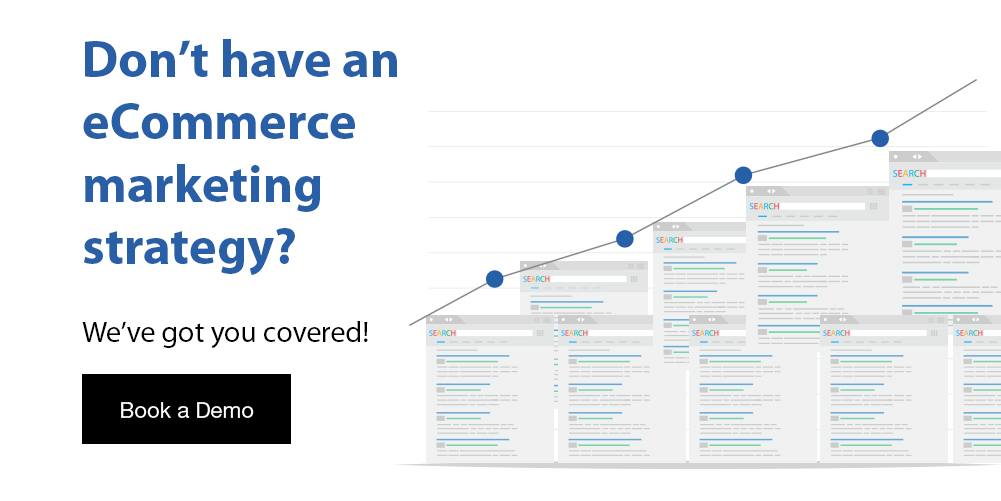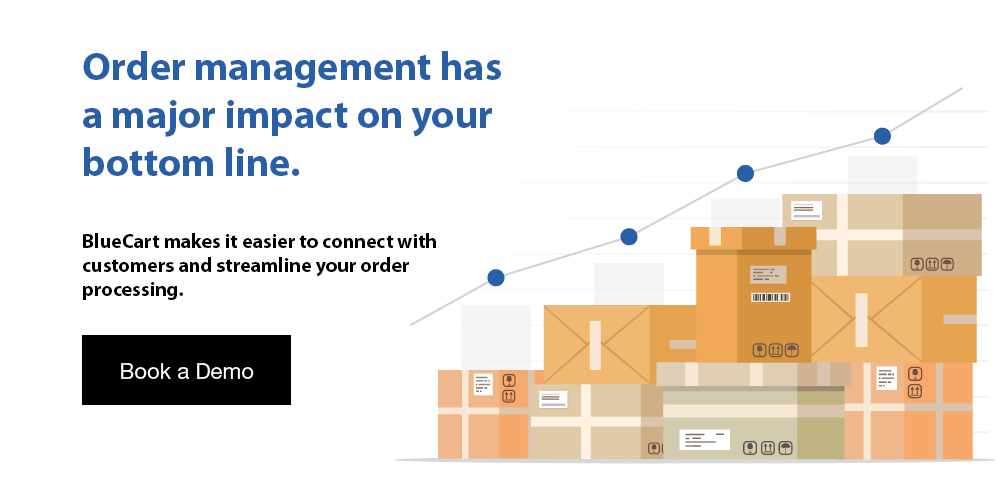A business owner has to keep track of many metrics in order to understand the performance and success of their business. One of these metrics is called days inventory outstanding (DIO).
Days inventory outstanding is commonly used to make smart business decisions. Most businesses have a job to transform their inventory, such as raw material inventory, to finished goods inventory.
Without finished goods inventory, businesses won’t be able to sell products and make money. This is why many investors pay attention to the amount of time it takes for businesses to turn inventory into sales. This blog post answers the question, “What is DIO?” and looks into the DIO formula.

Days Inventory Outstanding Meaning
The meaning of days inventory outstanding refers to the average number of days it takes a company to replace its inventory. Companies measure DIO to improve their go-to-market products, marketing, sales, and pricing strategies. This is often based on past customer demand and spending patterns.
To put it simply, DIO measures the inventory liquidity of a company. This is essential for a business to know because one of its biggest assets is inventory.
In fact, too much inventory means that a chunk of your working capital is in your stock. Chances are you have paid your supplier, but your inventory is sitting, and unsold. As a result, you haven’t made money from it.
Key Takeaway: Days inventory outstanding is an important business metric to keep track of because it tells companies how many days it takes them to turn inventory into sales.
Importance of DIO
Days inventory outstanding is a metric that commonly tracks store performance. With DIO, you can get a better understanding of your cash flow and use it to make informed and strategic pricing and marketing decisions.
DIO also helps businesses avoid overstocking and under-stocking inventory. In fact, DIO measures the effectiveness of your inventory management strategies. This is also important for holiday inventory management and inventory storage practices as it can help avoid overselling.
Inventory is a large part of a company’s operational capital requirements. Calculating the DIO, businesses will be able to measure the average length of time their company cash is locked up in inventory.
In most cases, a short DIO means the inventory is converted to cash quickly. A high DIO usually signifies poor inventory liquidity. A lower DIO is usually preferred over a high DIO.
Strategic Marketing and Pricing Decisions
Days inventory outstanding is a handy metric for marketing and pricing decisions. When a business knows how long it’s supposed to take to sell a product, but it takes more or less time to do so, it can alter its pricing or marketing strategies for an additional sales boost.
Avoid Overstocking and Under-stocking
DIO is helpful for inventory forecasting to avoid overstocking or under-stocking. If you decide to reorder your inventory without considering DIO, you may end up investing too much in your stock and not have enough cash on hand.
Improved Understanding of Cash Flow
A company’s days inventory outstanding will indicate the length of time you keep your inventory on hand from when you originally bought it to when it’s purchased by a customer and turned back into cash. This can help you predict cash flow and help you plan business growth strategies, staffing, and other business improvement opportunities.

DIO vs ITR
Days inventory outstanding is closely tied to inventory turnover (ITR). Inventory turnover refers to the frequency at which a company’s inventory needs to be replenished over a given time.
Forecasting techniques often use inventory turnover or days inventory outstanding metrics. A higher ITR often means the company is selling inventory more frequently. As a result, companies may decide to increase their turnover count to minimize the retention of existing inventory. This also helps avoid building up unsellable or low-demand products.
A high inventory turnover rate when compared to companies within the same industry is often considered a good sign. In fact, it means the company is selling products quickly, similar to just-in-time inventory. It may also signify that there is adequate customer demand for the products you’re offering, also known as high demand products.
A low inventory turnover rate often means the company is having a difficult time selling its products. This means there are fewer free cash flows since many of them cannot be used for other purposes.
The inventory turnover formula is the cost of goods sold (COGS) divided by the average inventory balance.
Inventory Turnover = Cost of Goods Sold ÷ Average Inventory
Keep in mind that the average inventory balance can be used when calculating ITR and DIO. However, the ending inventory balance is often used in practice.
DIO Formula
To calculate days inventory outstanding, you will need to use the DIO formula.
The DIO formula is:
Days Inventory Outstanding = (Value of Inventory ÷ Cost of Goods Sold) x 365 days
You can calculate the value of inventory by using the ending value of inventory or averaging the inventory value which is the starting inventory value minus the ending inventory value divided by 2.
The cost of goods sold metric can be found in your POS system, POS report, inventory report, or inventory management system. This indicates how much you paid for the products at hand.
Example of Days Inventory Outstanding
To put things into perspective, let’s look at an example of DIO. Imagine a company has $25,000 in average inventory during a one-year period. The cost of goods sold is $150,000.
You can calculate the DIO as follows:
DIO = ($25,000 ÷ $150,000) x 365
DIO = 60.83 days

Frequently Asked Questions About DIO
It’s crucial for businesses to manage their inventory levels, especially those that sell physical goods. The inventory turnover ratio is a common metric that companies use to measure their efficiency when it comes to turnover inventory and generating sales from it. Days inventory outstanding goes further by putting that metric into a daily context.
This provides accurate insight into the company’s inventory management and overall business efficiency. To learn more about days inventory outstanding, read the following questions.
What Does a Low Days Sales of Inventory Indicate?
A low days sales of inventory indicates that a company is able to efficiently convert inventory into sales. This is beneficial to a company’s bottom line which makes a low days sales inventory preferred to a high days sales inventory. However, too low of a DSI can signify that a company doesn’t have enough inventory in stock to meet customer demand.
What Is a Good Days Sale of Inventory Number?
A good days sale of inventory is considered to be between 30 and 60 days. However, this depends on the industry, the company size, and similar factors.
Is Inventory Turnover the Same as Days Inventory Outstanding?
No, inventory turnover and days inventory outstanding is not the same. Inventory turnover refers to how fast a company sells its inventory whereas days inventory outstanding refers to the average number of days the company holds inventory before turning it into sales.
You should also pay attention to phantom inventory and the weighted average cost of your inventory. This is possible by using an inventory scanner and centralized inventory method.